Bitter Apple (Citrullus Colocynthis)
The Bitter Apple is a vine-like plant commonly found in Asia and the Mediterranean Basin. These plants have lemon-sized fruits which are known for their medicinal properties.
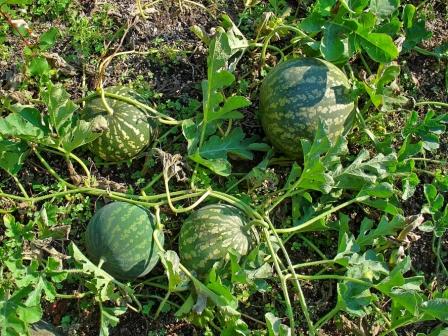
Bitter Apple (Citrullus Colocynthis)
Table Of Content
Bitter Apple Scientific Name
The scientific name for this plant is Citrullus colocynthis.
Bitter Apple Common Names
Bitter apple trees are also known by a host of common names, such as:
Bitter Apple Description
Stems: The herbaceous stems are angularly positioned and covered with rough hairs.
Leaves: The angular leaves are alternately located on long petioles. Each leaf is almost 5 to 10 centimeters in length and has around 3 to 7 lobes. Sometimes the middle lobe might have an ovate structure. The leaves have a triangular shape with many clefts. The leaves have a rough, hairy texture with open sinuses. The upper surface of the leaves are fine green in color and the lower surface is comparatively pale.
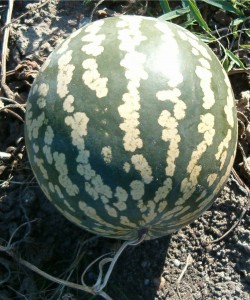 Picture 1 – Bitter Apple (Citrullus colocynthis)
Picture 1 – Bitter Apple (Citrullus colocynthis)
Flowers: The yellow-colored flowers appear singly at leaf axils. They are monoecious; the pistils and stamens are present in different flowers of the same plant. They have long peduncles. Each flower is also comprised of a yellow campanulate. The corolla has five lobes and the calyx is parted five ways. The female flowers are easily identified from the males by their villous, hairy ovary.
Fruits: Each bitter apple plant produces around 15 to 30 globular fruits having a diameter of almost 7 to 10 centimeters. The outer portion of the fruit is covered with a green skin having yellow stripes. The fruits may also be yellow in color. The ripe fruits are characterized by a thin but hard rind. The fruits have a soft, white pulp which is filled with numerous ovate compressed seeds.
Seeds: The seeds are around 6 mm in size, smooth, compressed and ovoid-shaped. They are located on the parietal placenta. The seeds are light yellowish-orange to dark brown in color.
Roots: The Bitter Apple plant has a large perennial root that sends out long and slender, angular, tough, rough vine-like stems. The stems are normally spread on the ground and have a tendency to climb over herbs and shrubs by their axillary branching tendrils.
Bitter Apple Health Benefits
Bitter Apple fruits and plant extracts are considered to be one of the strongest purgative agents. They are also known to cure tumors, cancers, ascites, skin and blood disorders, maintain bowel health, relief arthritic pain and reduce fever.
Bitter Apple Growing Conditions
Range of occurrence: Bitter apple plants grow in tropical deserts, wet forests as well as cool temperate moist regions.
Annual precipitation: Bitter apple can tolerate an annual precipitation ranging between 3.8 to 42.9 dm. The average precipitation tolerance extends up to 11.9 dm.
Annual temperature: The annual temperature required for growing these plants should ideally range between 14.8°C and 27.8°C.
Annual rainfall: Bitter apple plants are highly xerophytic and grow well in areas with an annual rainfall ranging between 25 cm and 37 cm.
Soil: Bitter apple plants require sandy loam soils to thrive well. They can also grow efficiently on sub-desert soils as well as along sea coasts.
Soil pH: The soil pH for growing Bitter Apples should range between 5.0 and 7.8.
Sun: These plants require full sun to grow well.
Soil drainage: The soil should be well drained.
How to grow Bitter Apples
Bitter apples are perennial plants that can be easily propagated from seeds. The best time to grow these plants is during the late spring months. It is better to pre-cultivate the plants in pots before actually replanting them outdoors. They grow very quickly and do not require much attention once the seeds have been sown.
Harvesting Bitter Apples
Bitter apple plants are generally harvested from the wild plants. The fruits are collected when they are fully developed but still at an unripe state. The fruits are hand-picked and the hard, thin pericarp is peeled off. The white spongy pulp is then dried in ovens or in sunlight. The seeds comprise almost 75% of the weight of dried pulp.
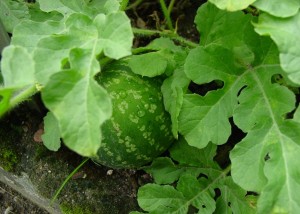 Picture 2 – Bitter Apple (Citrullus colocynthis) Picture
Picture 2 – Bitter Apple (Citrullus colocynthis) Picture
Bitter apple plants are generally harvested from the wild plants. The fruits are collected when they are fully developed but still at an unripe state. The fruits are hand-picked and the hard, thin pericarp is peeled off. The white spongy pulp is then dried in ovens or in sunlight. The seeds comprise almost 75% of the weight of dried pulp. Commercial bitter apples are available in two forms; either as pulp mostly free of seeds or as seed-filled pulps rolled into balls. Both of these forms are shipped in boxes.
Bitter Apple Distribution
Bitter apple plants are native to Asia, the Mediterranean Basin, Turkey, Trieste and Nubia.
Bitter Apple Nutritional Facts
The seeds of Colocynthis citrullus are used to extract oil. The oil derived from these seeds has the following nutritional benefits.
| Palmitic Acid | 9% to 12% |
| Stearic Acid | 5% to 8% |
| Oleic Acid | 10% to 16% |
| Linoleic Acid | 67% to 73% |
Bitter Apple Uses
Medicinal Uses
Bitter apple plants have the following medicinal uses.
- Bitter apple plant extracts have strong purgative properties which help to cure intestinal problems such as constipation.
- The plant extracts also stimulate the kidney and helps to maintain a healthy urinary tract.
- The fruits are considered to be a powerful hydragogue cathartic and hepatic stimulant.
- Bitter apple also has strong emmenagogue, ecbolic, febrifugal and vermifugal properties.
- Consumption of the bitter apple plant helps in purifying the blood.
- The plant also brings relief from poisoning resulting from scorpion bite and snake bite.
- Bitter apples are used as a powerful laxative.
- These plants help in removing tumors present in the gastro intestinal tract or in the stomach.
- Bitter apple plants aid in the stimulation of liver and facilitates smooth secretion of bile.
- The plant is used to scrap and remove warts and corns from the skin.
- Bitter apple plant extracts have strong anti-carcinogenic properties and are used in the production of anti-cancerous drugs.
- Bitter apple plants are often used to remedy blood disorders such as leukemia.
- The extracts of these plants are said to be a powerful remedy against a health disorder known as ascites.
- Bitter apple plants have been used to reduce rheumatism as well as arthritic and joint pains.
- These plants are frequently used to cure menstrual disorders.
- Bitter apple extracts are generally not consumed alone but often combined with some other cathartics to relief health problems such as amenorrhea, obstinate edema, worm infestation, jaundice, bronchitis, asthma, abdominal disorders and cerebral derangements.
Other Uses
Here are some more important uses of bitter apple plants.
- Desert Bedouins use the grounded bitter apple seeds to make bread.
- The powdered seeds are inflammable and so the Arabs use them as kindling.
- The strong odor of the fruits is used to repel moths.
- The bitter apple plant also acts as an important sand binder.
- The seeds are used as oilseeds. The oil extracted from the seeds is edible and also can be used as biodiesel.
Bitter Apple Interesting Facts
Here are some interesting facts about the Bitter Apple plants.
- Bitter apple extracts were once used to prepare an electuary called confectio hamech, also known as diacatholicon.
- During ancient times, bitter apple extracts were used by women to cause an abortion.
- Lozenges or troches of bitter apples were referred to as “troches of alhandal”.
- These plants have also been referred to in the Biblical and Islamic religious texts.
Bitter Apple Side Effects
Bitter apple fruits and plant extracts should be consumed only under strict medical attention as an overdose can prove to be fatal. The fruits can cause extreme bowel pains and dangerous inflammations. The electuary confectio hamech made from bitter apples was known as a violent purgatory agent that could even cause internal bleeding. Bitter apples and extracts of these plants should not be administered to children, pregnant women or people having a weak constitution.
Bitter Apple Pictures
Here are some pictures of the bitter apple plants and fruits.
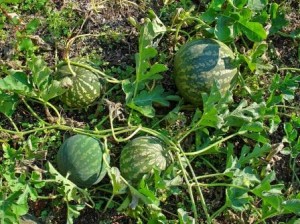 Picture 3 – Bitter Apple (Citrullus colocynthis) Image
Picture 3 – Bitter Apple (Citrullus colocynthis) Image
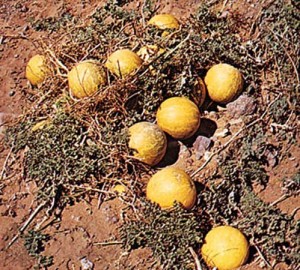 Picture 4 – Bitter Apple (Citrullus colocynthis) Photo
Picture 4 – Bitter Apple (Citrullus colocynthis) Photo
Bitter Apple is a low maintenance plant that is quite easy to grow. It also has a strong beneficial influence on human health when consumed in limited proportions.
References:
http://www.hort.purdue.edu/newcrop/duke_energy/Citrullus_colocynthis.html
https://botanical.com/botanical/mgmh/a/apple046.html
https://pfaf.org/user/Plant.aspx?LatinName=Citrullus+colocynthis
http://www.swsbm.com/ManualsOther/Citrullus%20colocynthis-Lloyd.PDF
- by Prasenjit Banerjee
- March 3rd 2012

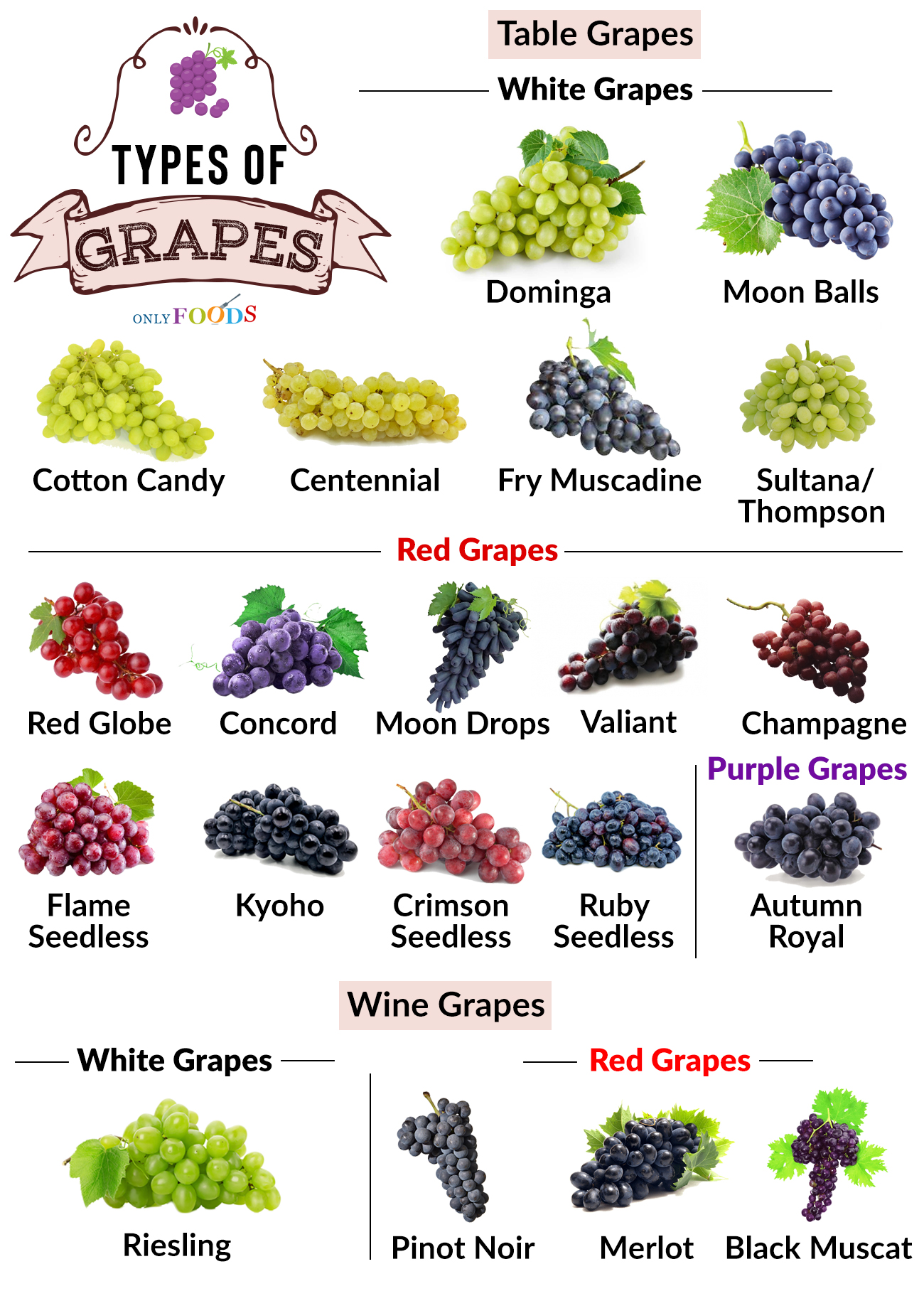
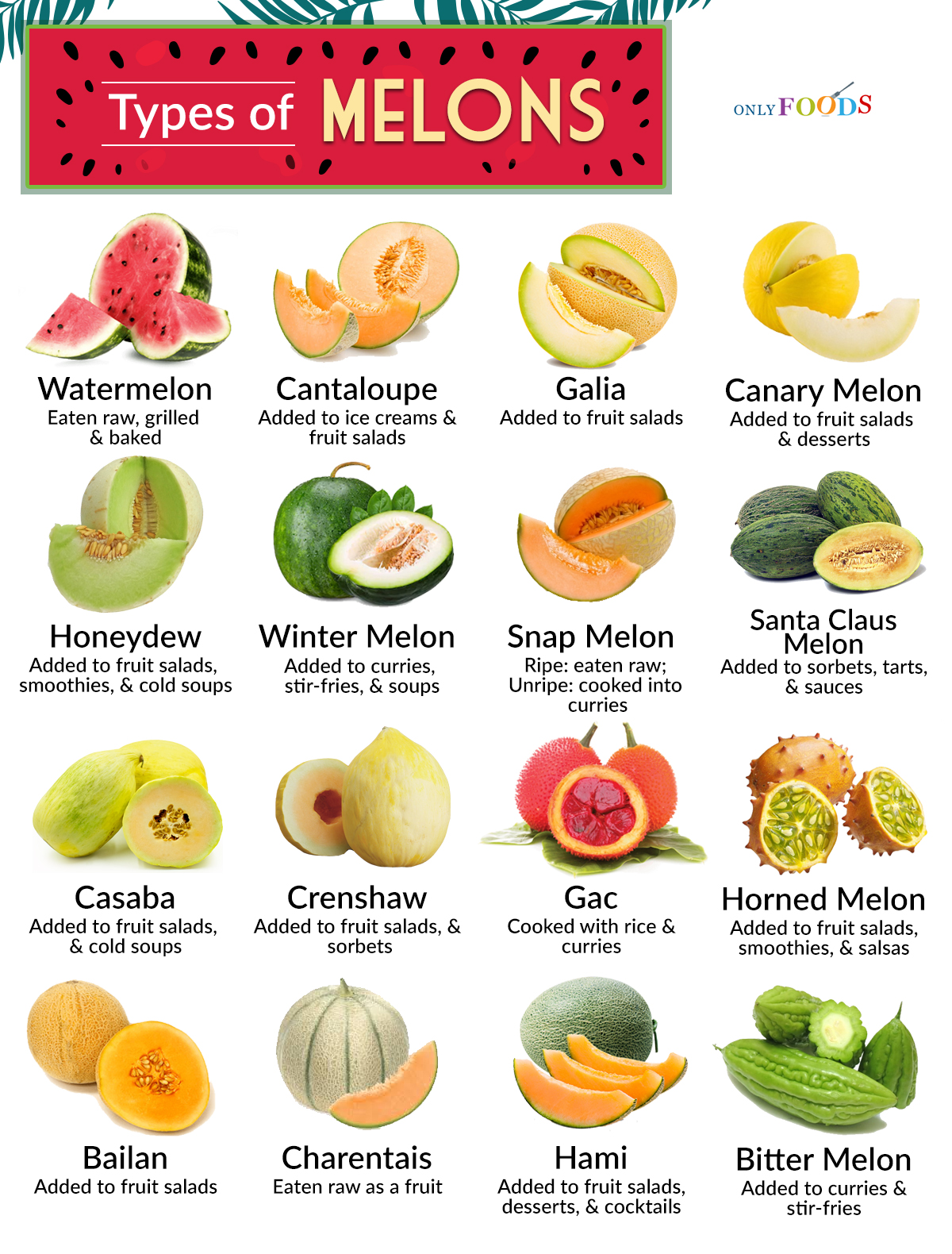
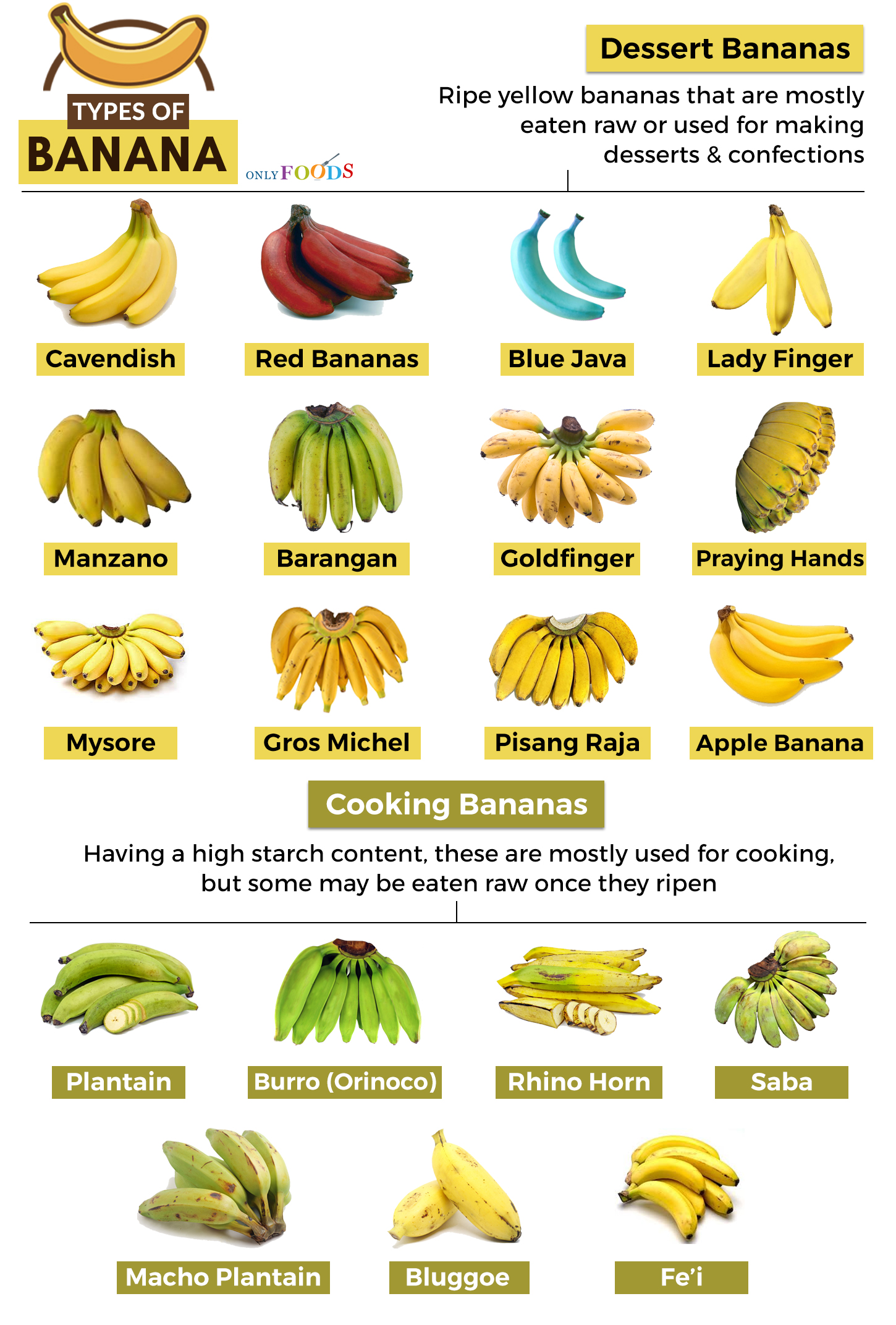
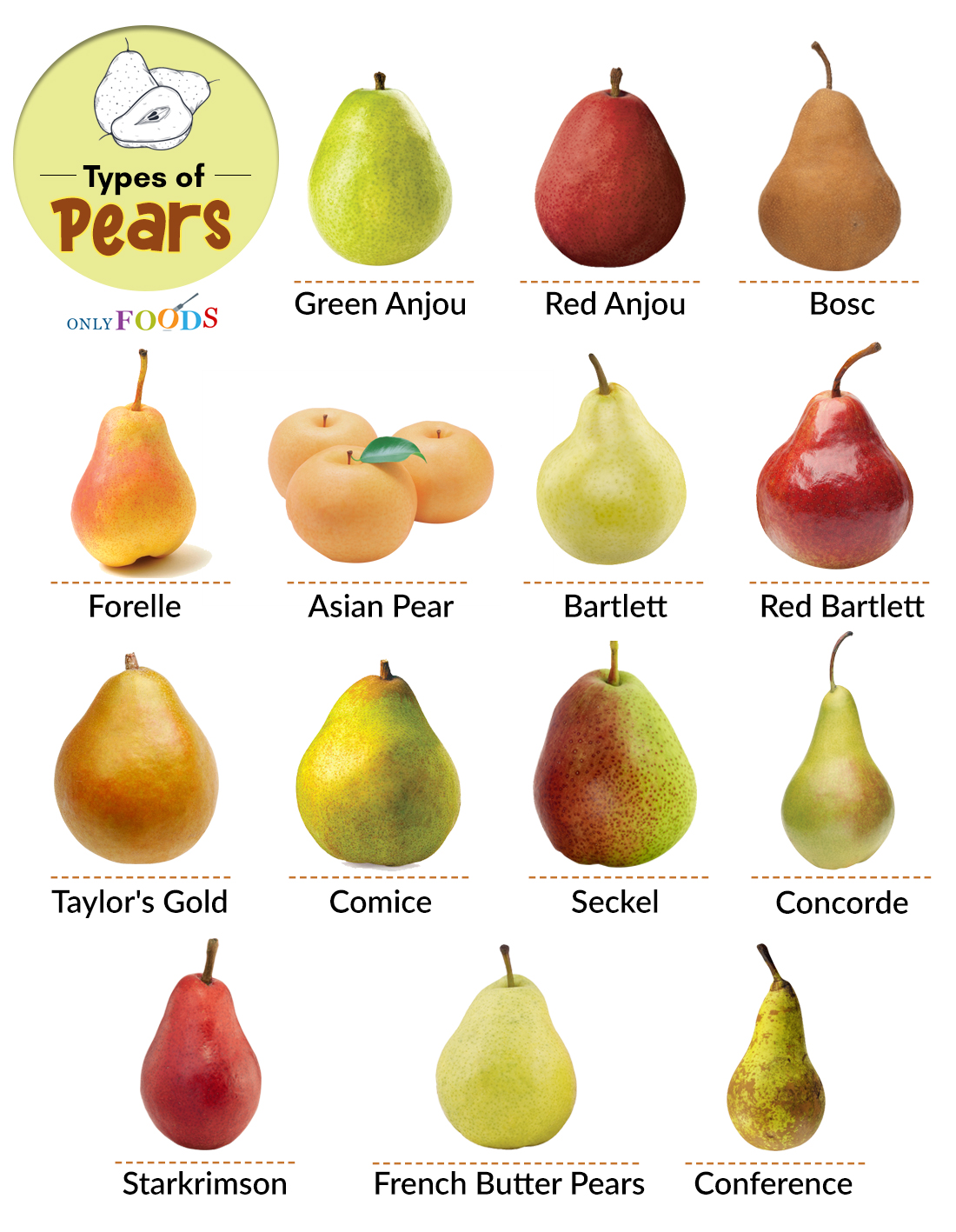















Leave a Reply